Farm House by Endemic Architecture
By Bustler Editors|
Monday, Feb 14, 2011
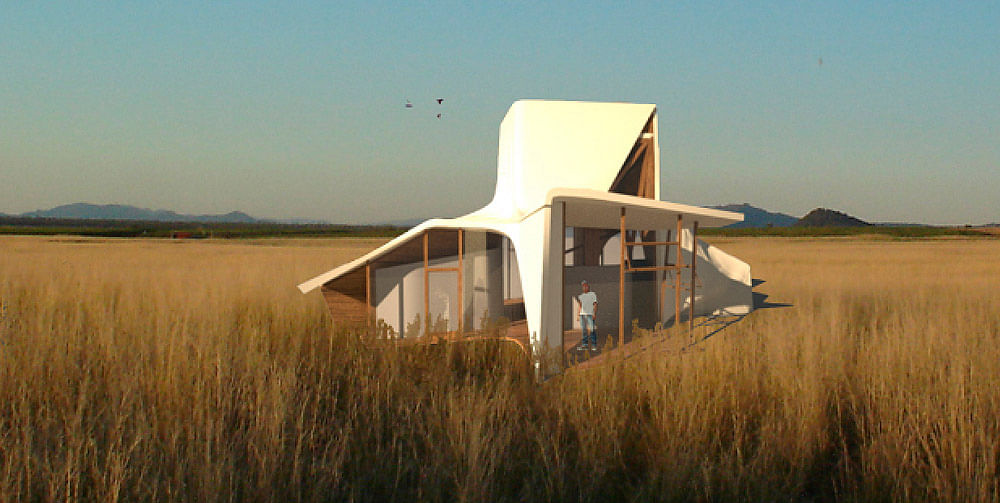
Related
Clark Thenhaus of LA-based Endemic Architecture has sent us the concept "Farm House" which is also the Single Family/Modular category winner in the d3 Housing of Tomorrow 2011 competition.
Project Description from the Architects:
Increasingly, aquifers and surface water irrigation systems are being depleted in the agrarian farm lands that feed our urban centers. As a result of poor, or uncertain, water availability our foods are being increasingly treated with chemicals and water wars are being waged around the world in agrarian cultures. Simultaneously, the labor pool of farm hands, despite mechanization, remains a crucial component of the food industry. Many of these seasonal laborers live in shanties or decrepit out buildings ill suited for quality living.
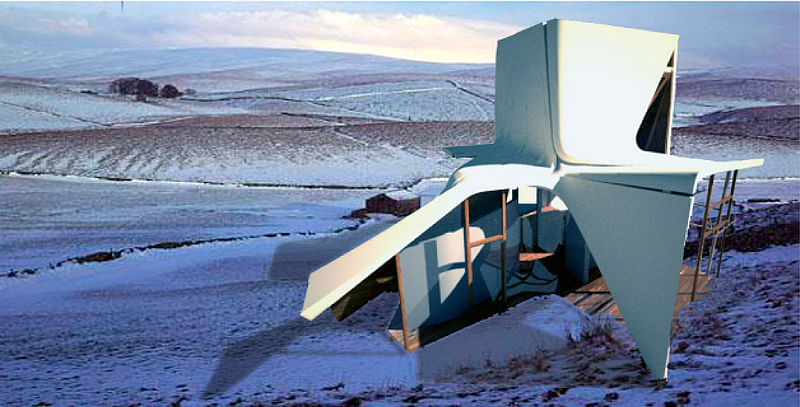
This 800 square foot farm house addresses these two critical and contemporary concerns. The first being the availability of irrigation water in the farmlands that feed urban centers. Depleting aquifers and shrinking rivers are increasing the need for an infrastructural intervention. Secondly, the need for seasonal migrant worker housing in the agrarian realm is concern for future productivity of the food system. The Farm House proposes a small scale home connected to hydrological cycles for purposes of agricultural irrigation. The house is designed to collect, store, and distribute rain water and snow melt in an elastic exterior skin. The capacity of the house to perform like a cactus in biology or a canteen in technology enables the home to become an integral component in the operations of food productivity, easing withdrawals on river systems and aquifers.
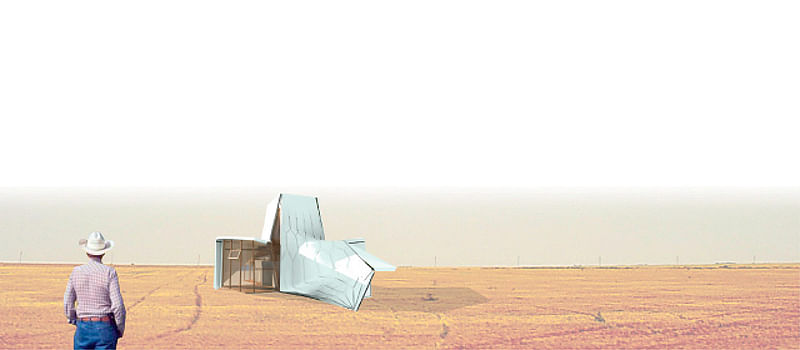
The geometry of the house is in service of storm water collection. The exterior skin is made with rubber ‘canteens’ that fill with water which can be used in times of lower water supply. One skin can hold up to 17,000 gallons of water, making for a total capacity of 34,000 gallons...enough water to irrigate almost 50 acres for nearly 1 month during the cultivation season. Using an annual average of rain fall in the mid-western United States of 36” annual rain fall (= 3 acre feet = 1 million gallons), the canteens could fill numerous (approx. 20) times per year to full capacity. The system connects to existing irrigation infrastructures and the houses themselves are modular, allowing them to aggregate.
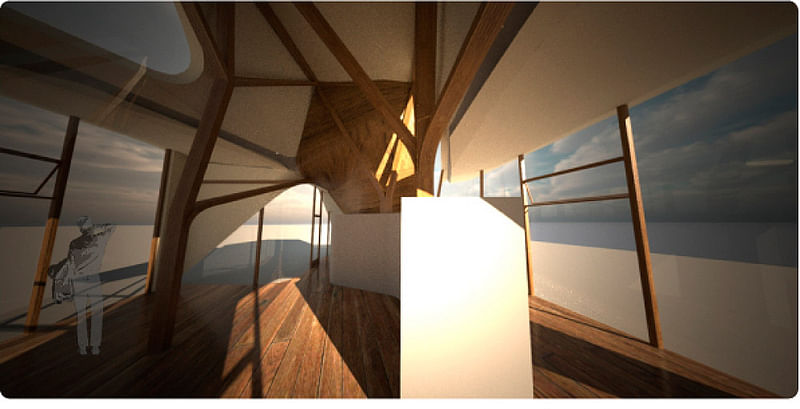

The swelling and contraction of the skin throughout the seasons indexes the hydrological cycle, tracking the environment through the dynamism of the building form and texture. As the canteens fill, the skin stretches, revealing an underlying patterning and assembly of the exterior rubber skin. The chronicling of the environment through the building’s formal change with regard to water fosters simultaneous architectural conditions of change and permanence, acting as a visual indication against which to measure hydration conditions. The Farm House initiates temporary forms and textures within a permanent system of water collection and distribution for the purposes of easing ground and surface water withdrawls for irrigation.

See more plans and elevations in the image gallery below. All images courtesy of Endemic Architecture.
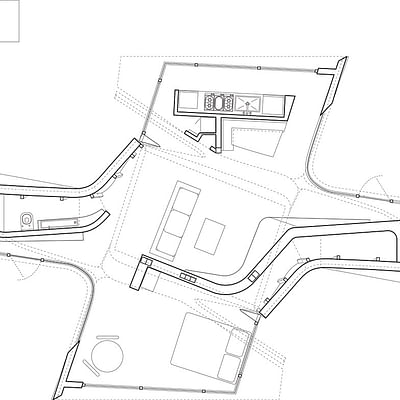
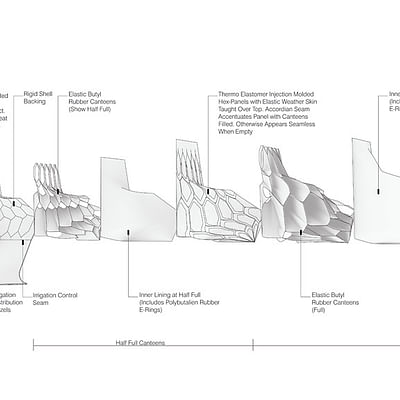
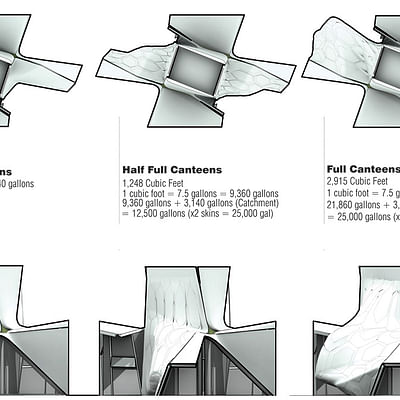
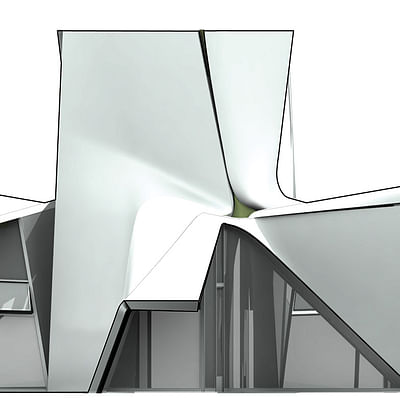



Share
0 Comments
Comment as :